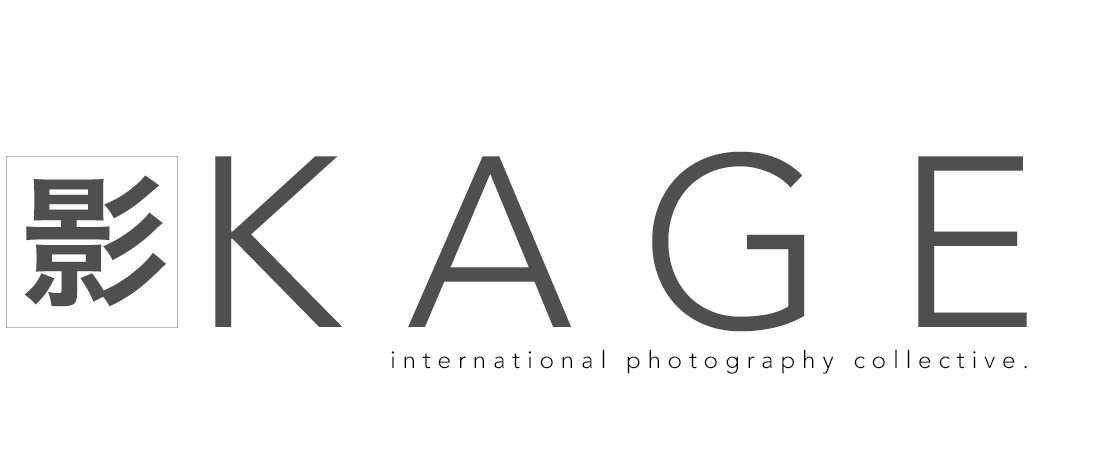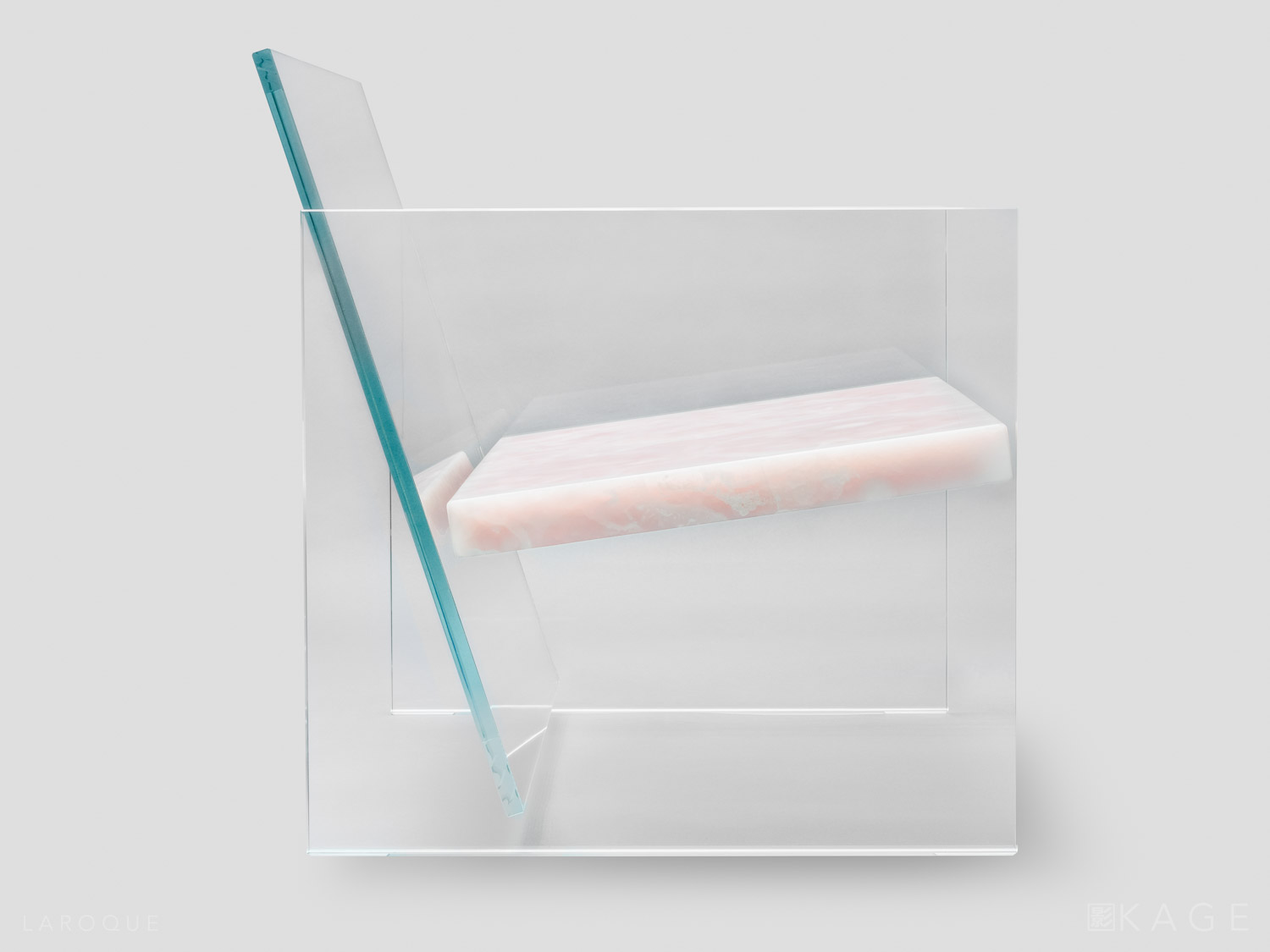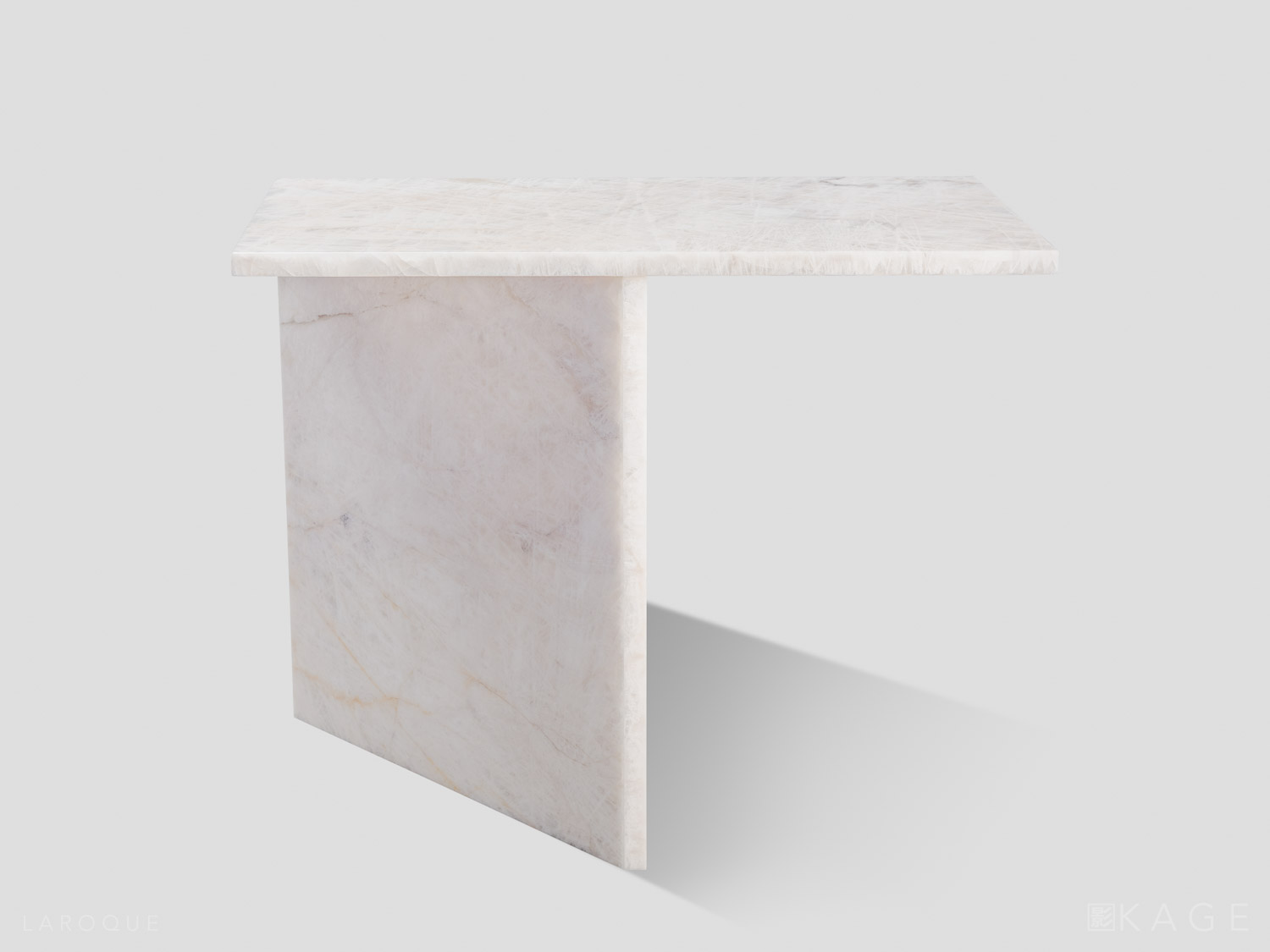The Hush
by Patrick LA ROQUE
It's been two months since I purchased my GFX kit: a GFX 50S, the GF 63mm f2.8 and two batteries. The bare essentials. In this time I've been puzzled, astonished, dazzled and left wanting. I've equally questioned my skills and felt I could do no wrong—sometimes within minutes. Needless to say: it's been a ride.
My two partners here are likely answering this same question in their own way: why, after extolling the virtues of a smaller, quieter system for the past 5 years, did I invest in this camera? The answer is one I still struggle with, because it has complicated my life to a certain extent. Now, before every single shoot, I find myself evaluating a GFX vs X-series equation: which one fits the job? Which is the best tool? Do I need that GFX resolution/look or is it overkill? Do I bring one or both? The truth is no one has ever criticized my X-series images in terms of resolution or IQ. I've never had a client raise an eyebrow at my tools of choice either—quite the opposite, actually. So why? Short answer: because when the stars align with this kit...I get chills.
The first image I shot with my own GFX 50S was a quick grab of my daughter Anaïs in our home studio: one cheap speedlight in a softbox, nothing fancy. And when I loaded the file I just couldn't stop staring at the screen: the results had a quality I'd never achieved before. I don't mean technical quality or resolution or sharpness...I'm talking about character. A perfectly subjective and undefinable set of various elements, coming together in one frame. Keywords started bouncing around in my head—fluid, organic, filmic...A quiet transcendence.
And that, right there, is the reason.
The GFX 50S and GF 63mm resolve a crazy amount of detail—without question. I'm sure landscape photographers will drool over what they can achieve. But for me the appeal lies at the other end of the spectrum, in the wide open territory of subject isolation and how those specific transitions are rendered. Because it's not just sharp vs blurry but the dissolution of one into the other...almost like brush strokes. It's also the way textures appear, the grain and structure of skin and hair when shooting portraits. I'm still smitten every time I pick up my X-series cameras. I still love how the lenses look. But the GFX pulls me in because it's different. Because—as I've written elsewhere—there's a hush over these pictures.
This kit was a business investment and I feel extremely fortunate that it's already paid for itself. But this is a long term approach, one I'll be evaluating on a case by case basis with every job that comes along—because it's a new point of view, not just equipment. I've always believed that our tools guide us as much as we guide them. That we're shaped by what we use and how we use it—software, hardware, cameras, lenses; all of it. It's all building blocks.
So this is another brick in the wall—to paraphrase a few rock and roll legends. A means of expression, a new path to walk.
A reason to explore and forge ahead.
Calm
by bert stephani
I like to think I was in the meeting where the idea of a digital medium format Fujifilm camera for under 10K with a standard lens was first mentioned. I'll never know if it really was the first mention but judging by the surprised look on some Japanese faces, it wasn't something they were considering at that point. A couple of years and lots of rumours later, I held a prototype of the GFX50S in my hand at Photokina 2016. The gearhead in me was excited but as a photographer I wasn't sure it was for me. After all, the small and light X-series cameras and lenses have been the perfect fit for my work, and they still are.
Everything that Patrick wrote above sounds very familiar to me and we've had lots of conversations before, during and after making the decision to invest in the GFX system. We even went for the exact same setup. It was also my initial gut reaction to the files I made with a prototype camera as a test, that made me want to investigate if the system would benefit my work.
My approach was twofold, it has a business component and it's about subtlety. Let's start with the latter. I feel like my work is in a transitional phase at the moment. It's not that I want to do something completely different but I've noticed some substantial shifts lately. The subjects and the intent are the same but instead of making bold statements, I seem to be looking to tell more subtle stories. I believe in letting your vision dictate equipment choices. Get the tool that allows you to tell your story best. The GFX's big sensor gives me more resolution, sharpness, dynamic range and overall detail. If my camera captures more detail, I can tell a more detailed story.
That's all very nice but I'm not some kind of rich dentist, I'm the prototype starving photographer who owns already way too many cameras and has way too little money in the bank. I'm not much of a businessman but even I know that an investment is only an investment if it makes you more money than you've spent on it. Last year I made the decision to start targeting higher end clients and try to get more jobs that require a small amount of great pictures rather than a bunch of reasonable pictures. I wouldn't mind if this transition went a bit faster but I'm slowly getting more of those jobs. And I feel that in many cases a digital medium format camera can provide my clients with more quality. The X-series cameras have never been a limiting factor but it may be worth for me to try something that gives me even better image quality. And the pressure of making that big investment back is a kick in the butt to go after those higher end jobs even more.
I've rented digital medium format cameras before when the job required it. I could always make it work but never found it an enjoyable experience, particularly when you're not in a controlled environment. And that's where most of my shooting happens, that's where I want to be. A week with a test camera revealed that the GFX is without doubt the most user friendly medium format camera I've ever used. But it does require a slower, more methodical approach than my other cameras. I did a lot of testing and used the GFX on a few jobs since I bought it. In one of my conversations with Patrick I said something like "If the stars align, it's magic. I just have a hard time aligning those stars". I'm still figuring it out. Sometimes it feels like I have to learn photography from scratch, but more and more I get the hang of it. I'm also learning the limitation of this system and with that comes a renewed appreciation for the X-series cameras. They are really complimentary systems.
I'm trying to incorporate the GFX in my way of working and in my style, but I'm also learning to adapt my workflow to get the most out of this camera. Sometimes it's a frustrating process but also an interesting one. I'm learning to work slower but better, use a tripod again, edit tighter, experiment with other software and new post processing techniques, ... So far the GFX has been an exciting force that pushes me to figure out ways to make me a better photographer.
Loud Subtleties
By Jonas Rask
I guess 3 separate sessions was what it took to convince me that the GFX was a camera for me after all.
I heard about the camera some months leading up to Photokina 2016. I was able to handle and briefly shoot the very early prototype GFX at that particular tradeshow for the first time. At that point in time, I was more than overly impressed by the technology of it all, but I held a firm belief that this was not a camera for me. Why would I ever need a digital medium format camera. The mere thought was insane to me.
Come december 2016 and I was given the task from Fujifilm Tokyo to shoot my usual packshots of their upcoming January launch spree of products. Of course this also included the GFX50s itself. I had it for about 2 weeks, all lenses and whistles in hand. And then I had to send it off. I used it to do some of the packshots, and that is definitely when I saw its potential. I still held my belief of not needing to buy one, but I had a weird feeling when I shipped it back.
A couple of months later I was tasked with testing out the GF23mm f/4 in Iceland. And this time around I really did not want to let this camera go when we came home. It had gotten to me.
So I bought one!
And you know what? The decision wasn’t even hard. It was just something I really felt I needed to do. I was smitten! But I didn’t even know what I was so fond of. I couldn’t really express it in words at the time, and to be honest, I still have a hard time expressing why I needed to own the GFX. Putting my thoughts of this camera down in writing is even harder. It seems superfluous for me, an enthusiast street and lifestyle photographer, to buy into a digital medium format system. Even more so because I have spent the last 5 years preaching to anyone who would listen, how fabulous the X-series is.
But that has not changed! The X-series cameras are the best cameras in the world if you ask me. They are perfect workhorses in small perfect packages, and having bought my own GFX has only made me appreciate these cameras even more. Obviously not because I dislike the GFX, but because it has given me a an appreciation of a wider palette of tools to work with.
I already wrote a review of the GFX back in January. It was even a very tech-ridden one. So I know all about the glorious high resolution sensor. I know about the insane sharpness. I know about the fantastic low light performance. I know about the superior tonality. But all those things don't even come close to describing why I bought this camera. Sure, its a neat party trick to zoom into a 100% crop of an image, but the novelty of this wears off rather quickly. As it very well should.
I think Bert and Patrick describe it so well. The GFX delivers something new and different. It gives way to subtleties. I get to dwell in details of images that I didn’t even know existed. Not resolution details, but transitional details. Details of color. Details of depth.
When I look at images that I capture using the GFX it is very clear to me that there is something very different in the files. Showing these files online, compressed to death by horrendous algorithms, doesn’t always make much sense to me, but what does make sense are all the steps I take before uploading the finished image. Its a completely different spectrum of files to work with. And within this spectrum I find myself playing with completely new techniques as well as removing boundaries of what I feel I can achieve with my images.
I find myself going with more subtle toning and handling of the files from this camera. Maybe because I really don’t want to ruin all the little details. I really want to keep it pure, and keep it simple. I want to let the camera show its footprint rather than my post-processing software. I think the GFX is the next step for me. Not as a solitary system, but in parallel with my X-series cameras. They complement each other so well, and they play different roles in my photography.
It’s somewhat of a paradox. I invested in a camera that most consider to be all about loud and bold super-resolution, super-sharpness and super-IQ. I expected this. But what I have found is intimacy and subtlety. I have already felt and seen what it does to my images, and I’m super excited to explore this new expanded spectrum of photographic territory.



































